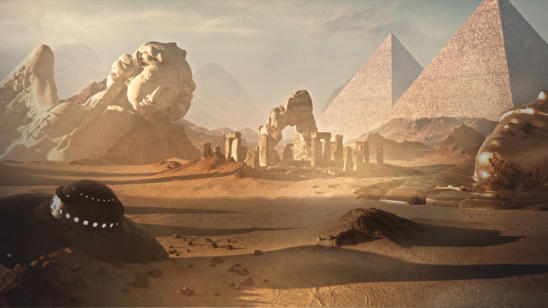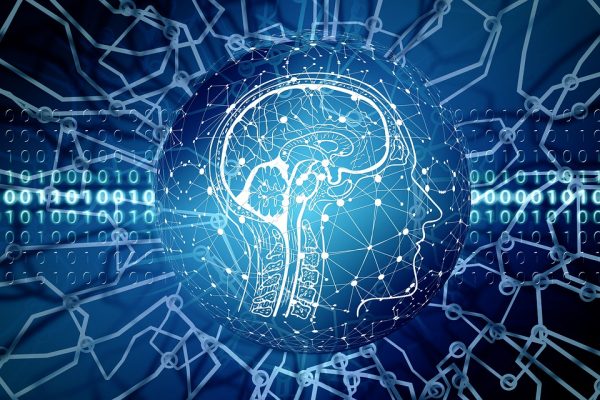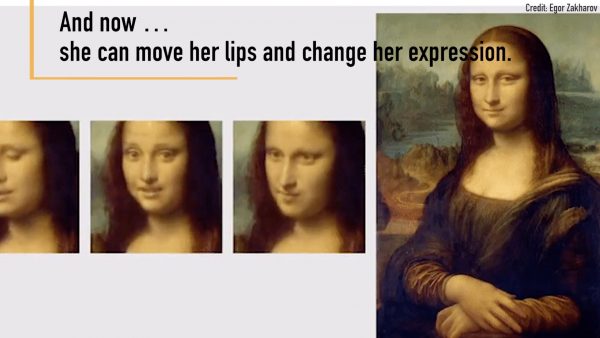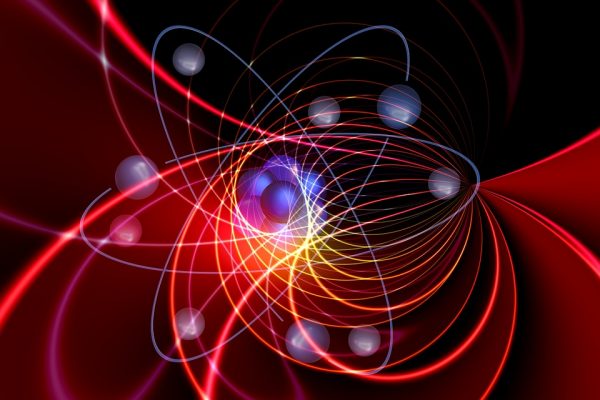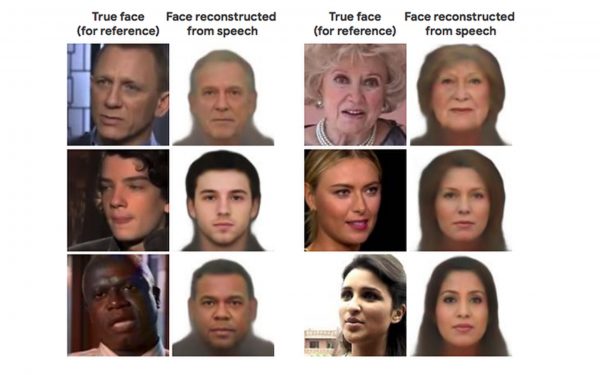U=(N/T)M*G: Decade
Cool cats, we’ve entered a new decade and I’m on the edge of my seat about it. The 2010’s were a circus for me, personally and publicly and politically, a roller coaster of wildness I’m hoping won’t be repeated. It wasn’t all bad. I started my writing career and had a son, got married and got divorced, made friends and lost friends and rekindled my zest for life. The last decade was something to behold, a time to look back and shake my head in wonder that I manage to knuckle under, survive it mostly on nothing by spite. The … Read more



